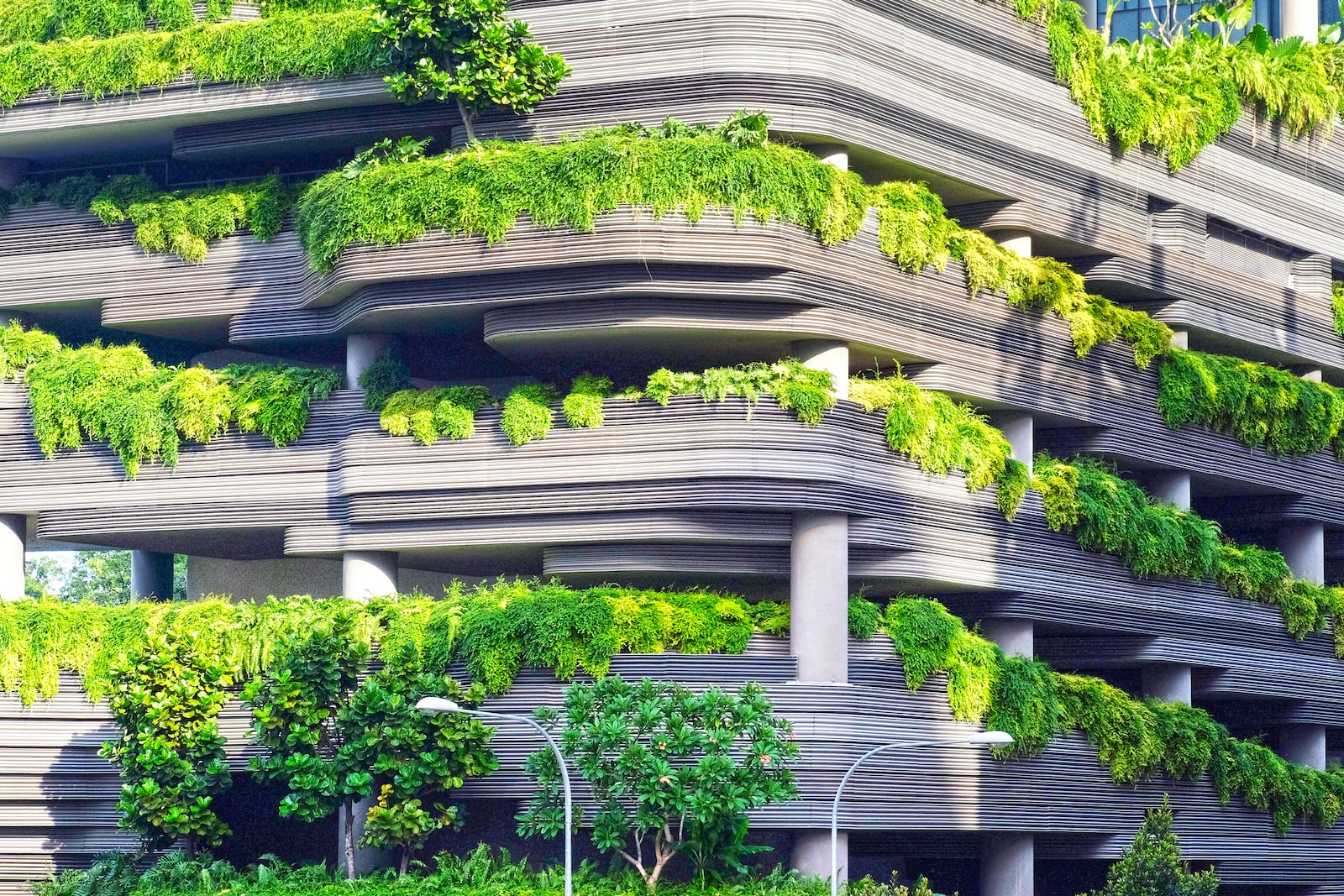Futuristic architecture is a design style that incorporates cutting-edge technologies, advanced materials, and innovative building methods to create structures that are beyond what we see today. The goal of futuristic architecture is to create buildings that are not only functional, but also aesthetically pleasing, and environmentally sustainable.
One of the defining features of futuristic architecture is its use of advanced materials and building methods. For example, many futuristic buildings are constructed using prefabricated components, 3D printing, and advanced manufacturing techniques. This allows for buildings to be built faster, more efficiently, and with less waste.
Another important aspect of futuristic architecture is its emphasis on sustainability. Many futuristic buildings are designed to be self-sufficient, using renewable energy sources like solar and wind power to meet their energy needs. They may also use green technologies like rainwater harvesting and green roofs to reduce their impact on the environment.
The aesthetic of futuristic architecture is often characterized by clean lines, sleek surfaces, and a minimalist design. Futuristic buildings may also feature futuristic technologies like smart glass, which can automatically adjust its transparency to regulate light and heat, or other advanced materials like graphene, which is incredibly strong and lightweight.
Futuristic architecture is already becoming a reality in some parts of the world. For example, the sustainable city of Masdar in Abu Dhabi is a shining example of futuristic architecture. The city features buildings that are designed to be energy-efficient and sustainable, with many of them powered by renewable energy sources.
In conclusion, futuristic architecture is an exciting and rapidly evolving field that has the potential to revolutionize the way we build and live. With its focus on sustainability, advanced materials, and cutting-edge technologies, it offers a glimpse into what the future of architecture could look like. Whether it’s a sustainable city, a towering skyscraper, or a simple home, futuristic architecture is shaping our future one building at a time.
Futuristic architecture is not just limited to large scale commercial or residential buildings, it also includes designing smaller structures like homes and offices. These futuristic homes and offices incorporate smart technologies that allow for greater control over lighting, temperature, and other environmental factors, resulting in a more comfortable and energy-efficient living or working environment.
In addition, futuristic architecture also takes into account the needs and preferences of the people who will occupy the space. For example, a futuristic office building may be designed with flexible, open floor plans that can be easily reconfigured to accommodate the changing needs of its occupants. And futuristic homes may include smart kitchens, with built-in appliances that are connected to the internet, allowing homeowners to control and monitor them remotely.
Furthermore, futuristic architecture also explores the use of virtual and augmented reality technologies in the design and construction process. These technologies allow architects to create virtual representations of their designs, and test them in real-time, before they are built. This can result in a more efficient and cost-effective building process, as well as a better understanding of how a building will look and function in the real world.
One of the biggest challenges facing futuristic architecture is ensuring that these cutting-edge buildings are accessible and affordable for everyone. While many futuristic buildings are designed with the wealthy in mind, it’s important to consider how these technologies and materials can be used to improve the lives of people at all income levels.
In conclusion, futuristic architecture offers a glimpse into a world where technology and design come together to create structures that are not only functional and beautiful, but also sustainable and accessible. As the world continues to change and evolve, it’s exciting to imagine what the future of architecture will bring.
